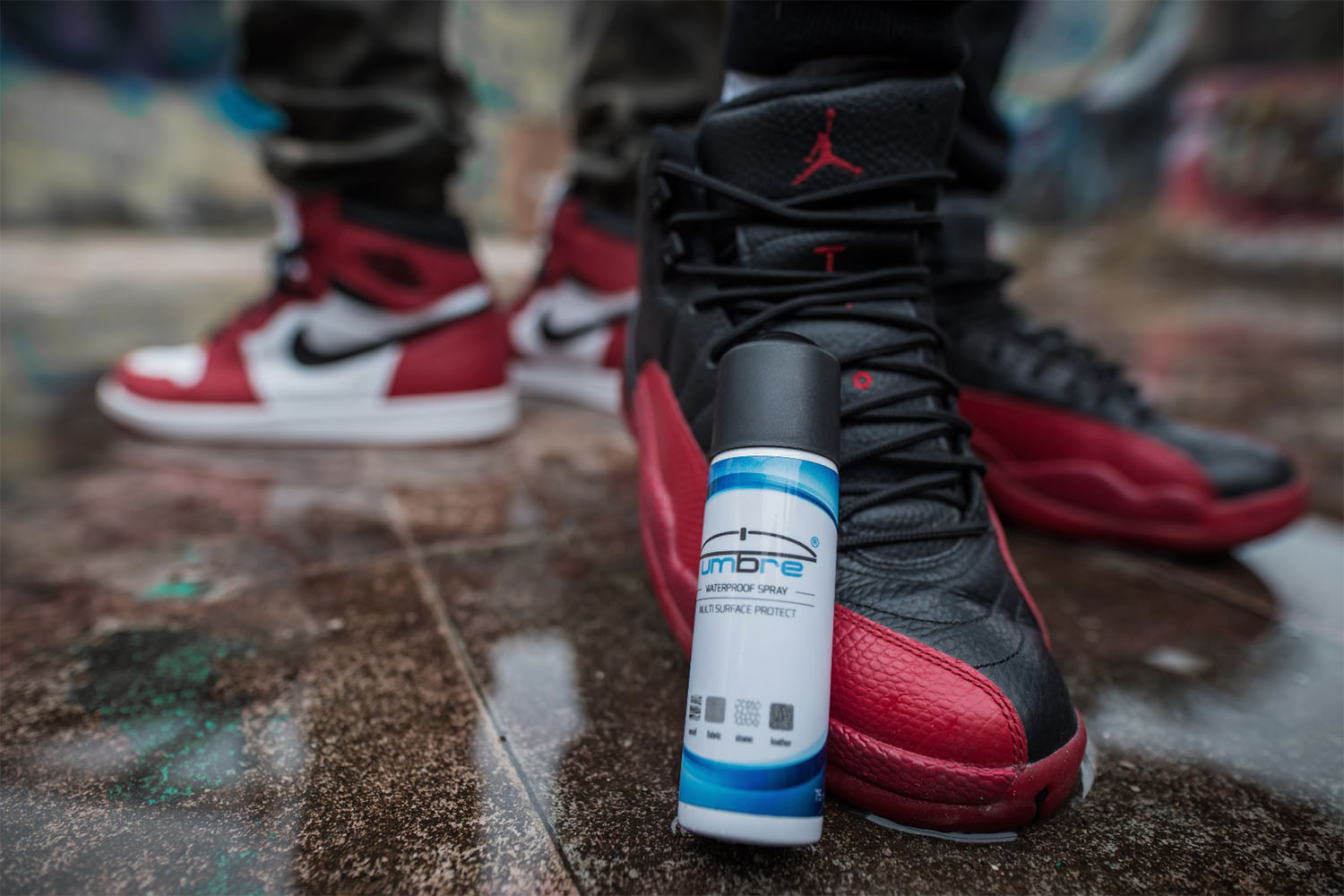Protecting Shoes - Important Tricks And Tips
Waterproofing your leather shoes (as well as some types of cloth shoes) is essential to surviving winter weather, since water can damage or completely ruin leather. All waterproofing solutions work similarly to create a thin barrier on the surface of your leather that cannot be permeated by water.
Before you get started the waterproofing process, take a close look at your shoes and determine what type of leather and other materials it is made of. Check the shoe box for any special cleaning instructions that you will need to keep in mind. Then select a water proof product that is made for your type of leather.


For waterproofing shoes, you may select best site here whether spray or a semi-solid wax product. Sprays are much easier to use, but may well not be able to provide a good thick waterproofing coat. On the other hand, you must not use a spray (which usually includes silicone) on thin, sensitive leathers. The manufacturer of the leather may recommend a simple semi-solid product for protecting shoes.
Before you start waterproofing, do a "spot test" on a small, hard-to-see area on your shoes. A good spot is somewhere inside the shoes, such as on the underside of the tongue. If you notice any color or texture changes, or any damage, stop , nor use the product. Contact the manufacturer of your shoes to learn how to proceed.
If all moves well, you can get started waterproofing leather. Some waxy products contain a remember to brush, and some are rub-on. When utilizing a rub-on product, get a smooth, soft, cloth. Study the directions first - most likely, they are going to explain to you to rub in slow circular motions and also to apply more than one coat for waterproofing shoes.
If you use a brush, the process is much the same, apart from that you can make sluggish circular motions with the brush, and try to apply a bit of pressure so that the brush can get deep into cracks. However, be sure to are by using a soft brush specially made for this purpose, otherwise you might scratch the shoes. Professionals usually recommend that a brush supply for fabric waterproofing, as well.
Speaking of cracks, whether by using a cloth or brush, you will need to spend extra attention on all seams, cracks, raised areas, and any imperfections in the leather. Slather a little extra on these areas in order that it can really sink in, and rub copiously. Do it again up to three times if necessary to waterproof these important areas.